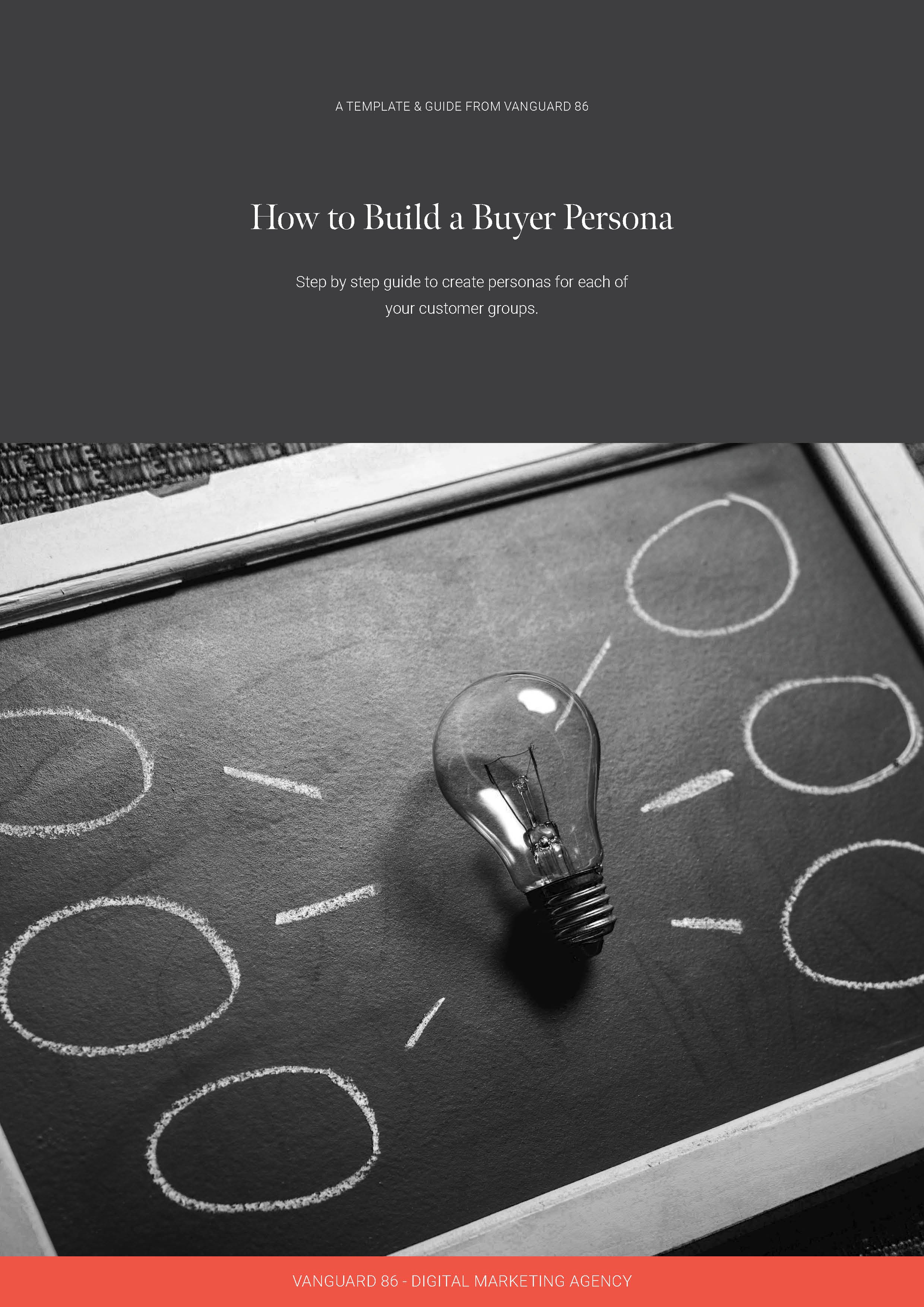What is a buyer persona?
 Let’s get straight to the point:
Let’s get straight to the point:
A buyer persona is an in-depth, semi-fictional representation of your ideal customer type used by sales and marketing to target actual customers.
Buyer personas help to provide both structure and insight for any business. They’re a way to create a representation of a business's ideal customer so that your marketing and sales activities can be more focused.
Think about it - when you have a comprehensive understanding of your ideal customer, you can tailor product development, advertisements, branding, and more to appeal exactly to them. This way, it’s easier to attract higher-quality leads and customers to your organisation.
A great buyer persona is formed from a mix of internal and external research. Depending on how many different customer segments your business has, you may need to create multiple personas too. Although, creating even just one is an excellent place to start. Most businesses focus on one ideal customer group and then build out a few secondary groups. Every business has a low-friction, high-return type of customer so they’re often the best group to start with.
You can start creating a buyer persona by compiling any information you already have about your most valuable customers. Later on, this can be coupled with external research to fill in the gaps. You’ll require a range of personal, demographic, and characteristic information to paint a full picture of your persona. It’s important to go into as much detail as possible, but more on how to create a buyer persona later.
Why are buyer personas so important?
Having buyer personas and using them to guide your marketing and sales efforts can transform the success of your business. They help businesses to reframe their work and look at it from the customer’s perspective. Rather than trying to sell, it becomes about how you can alleviate your customer’s pain points.
Also, being an expert in your industry, it can be easy to forget you’re using technical jargon and buzzwords that don’t mean anything to your audience. Yet, when you consider things from the perspective of your buyer persona, you’re reminded that you need to keep phrases simple and understandable so they can resonate with them. Buyer personas ultimately ensure you remain focused on addressing what the customer needs and how to communicate this with them.
Increase the effectiveness of your advertising
Looking at digital advertising, in particular, a buyer persona helps you in leaps and bounds. Since channels like social advertising offer such detailed targeting options, you can leverage your buyer persona to create ads that spark a conversation with your exact audience. When it comes to advertising, using your buyer personas will ensure you’re getting the right message in front of the right people, at the right time.
Overall business alignment
By providing a clear purpose for your business (to solve the problems of your customers), buyer personas help to create synergy across teams including sales, marketing, customer service, etc. When you consider the way many companies present themselves, it becomes clear to see that they promote what they do, not what the customer needs. Aligning the two is invaluable and assists in driving a business towards being a solutions-focused organisation.
Customers are more likely to buy from brands they know and trust so it’s important to show concern and understanding for your customers. When you genuinely care about them, the trust will be reciprocated. To do so, you need to address your buyer persona’s problem or pain points. Once you do this, they will be interested in what you have on offer.
Ultimately, buyer personas keep your business at the center of your customer’s wants and needs. Any digital marketing strategy, social media strategy, content marketing strategy, and so on should be addressing the needs and goals of one (or all) of your buyer personas. If it doesn’t, then it’s probably time to reconsider your approach.
What makes a buyer persona different from a target market?
 Creating buyer personas gives you a more in-depth look at your target market, but it goes slightly beyond that.
Creating buyer personas gives you a more in-depth look at your target market, but it goes slightly beyond that.
A target market is as deep as you need to go if all you do is outbound marketing. After all, with outbound, your main focus is to find outlets that a broad-ish group of your potential buyers engage with. This promotes your brand to a certain demographic, discounting many of the other characteristics of your ideal buyer.
For example, a target market could be DINKYs (Dual Income No Kids Yet), Empty Nesters, or Boomers. It’s a large group of people with similar spending power, generational grouping, demographic data, and even ethnicity. A buyer persona takes all that into consideration but looks at their goals, aspirations, challenges, and preferred methods for researching solutions. A target demographic might not change over the years but their needs and expectations might. Young professionals in 2010 will have different needs and challenges to those in 2020. The target group hasn’t changed, but their requirements have.
Inbound marketing targets active, rather than passive, buyers. That means people that are actively looking for products or services similar to yours and are engaging in the research process of buying. Because you want your content to be found by people looking for what you're offering, it's important to know even more about them. This means understanding their behavioural patterns, the terminology they use in their industry, how they go about seeking information, and more.
This is where a deeper dive helps and where creating buyer personas can be invaluable. To get started on creating your own buyer personas, download your free copy of our buyer personas guide.
Download your free copy of How to build a buyer persona
Learn how to build buyer personas to help you create marketing that really speaks to your target audience.
Download now




